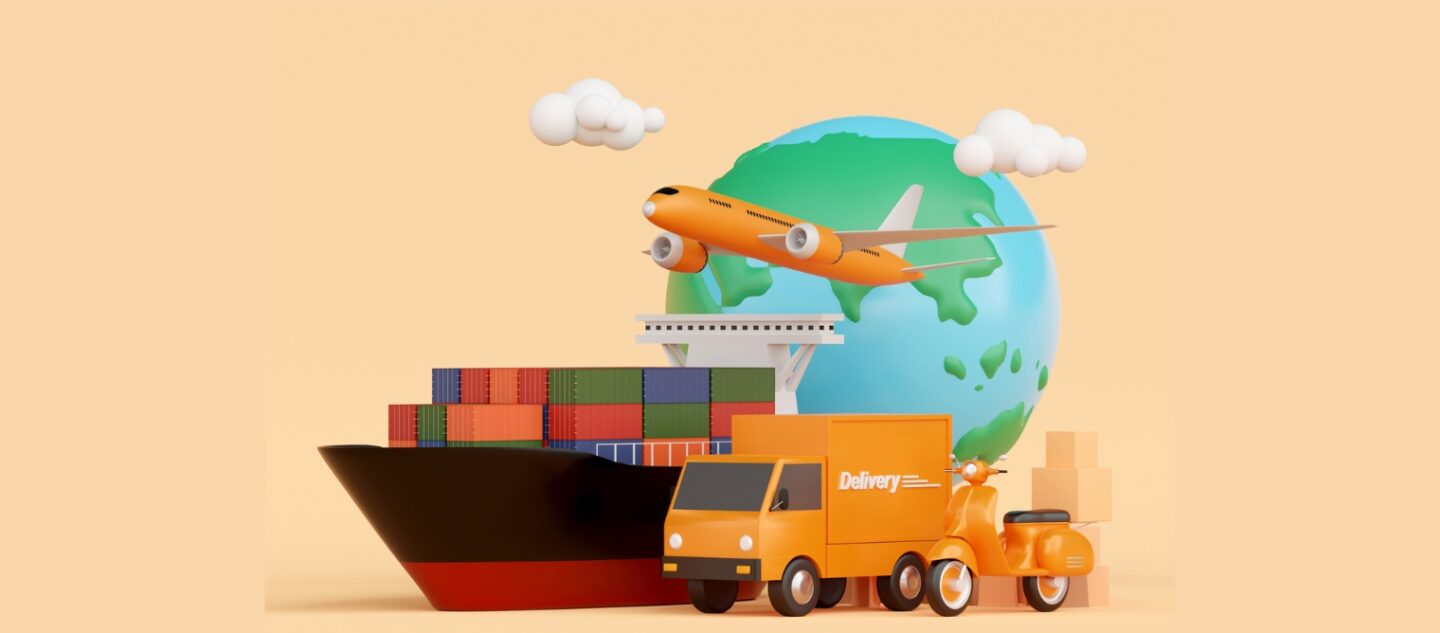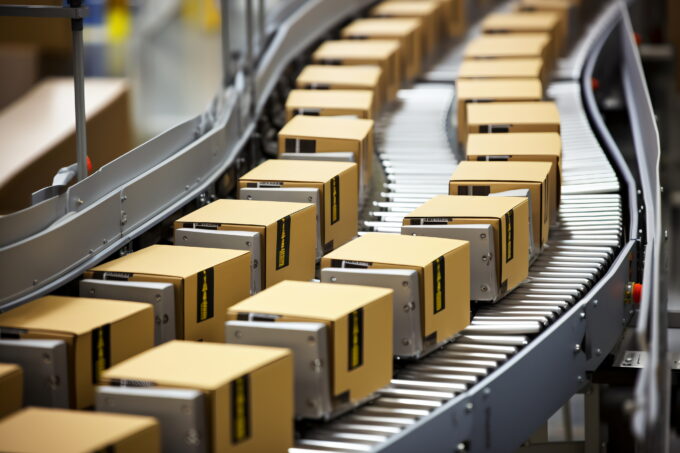In recent years, businesses have scrambled to secure their supply chains amid COVID-19 disruptions, the global impact of the war in Ukraine, and the growing prevalence of record-breaking extreme weather. For many, the addition of enhanced emissions reporting obligations will stretch their resilience to the limit as they face the need to account for emissions taking place outside of their direct area of operations.
Scope 3 emissions span 15 categories: purchased goods and services, capital goods, fuel and energy, upstream transport, waste, business travel, employee commuting, upstream leased assets, downstream transport, processing of sold products, use of sold products, end-of-life treatment of sold products, downstream leased assets, franchises, and investments. Estimates suggest that, in total, these emissions can account for 80-95% of the total value chain of an organization’s footprint.
Expanding regulatory requirements
Until recently, reporting of Scope 3 impacts has been voluntary, but the mood is changing fast. Established in November 2021, the International Financial Reporting Standards (IFRS) Foundation’s International Sustainability Standards Board (ISSB) introduced its IFRS S1 and IFRS S2 standards, which include requirements for reporting Scope 3 GHG emissions.
The EU Corporate Sustainability Reporting Directive (CSRD) took effect in January 2023, with EU Member States required to incorporate its provisions into law by July 2024. The CSRD significantly expands the range of activities that affected companies must report, demanding oversight of both direct and indirect business relationships across the entire value chain. Under the Directive, all large and listed companies will now be asked to undertake detailed sustainability reporting. Approximately 50,000 companies will fall within its remit, up from 11,000 previously.
Another initiative, the Carbon Border Adjustment Mechanism, launched in October 2023, was set up to address the problem of companies relocating carbon-intensive operations to avoid reporting on them. Meanwhile, the EU Corporate Sustainability Due Diligence Directive (CSDDD), which was agreed in December 2023 and is expected to take effect this year, represents significant strides in targeting both climate-related and human rights violations by companies.







